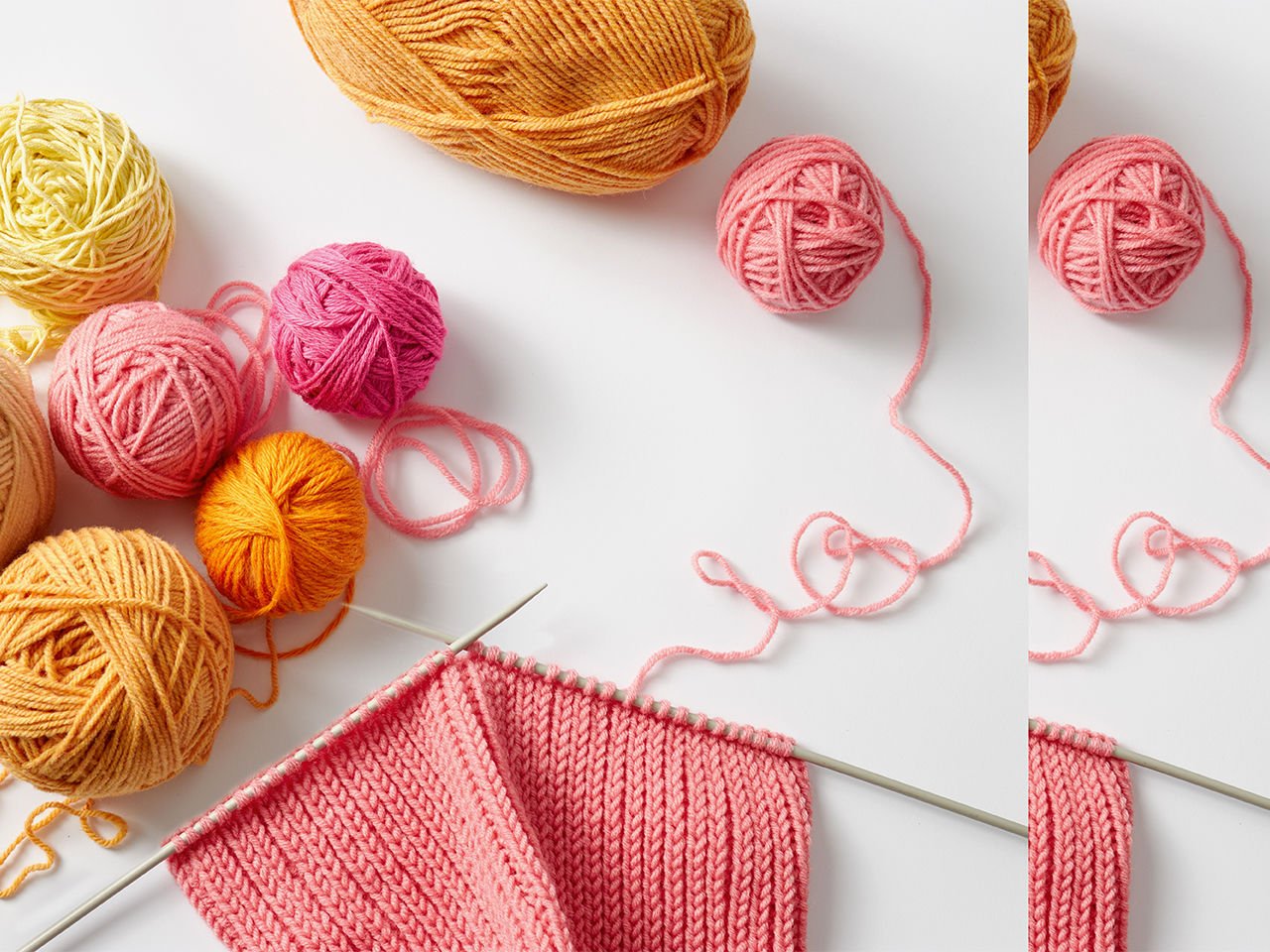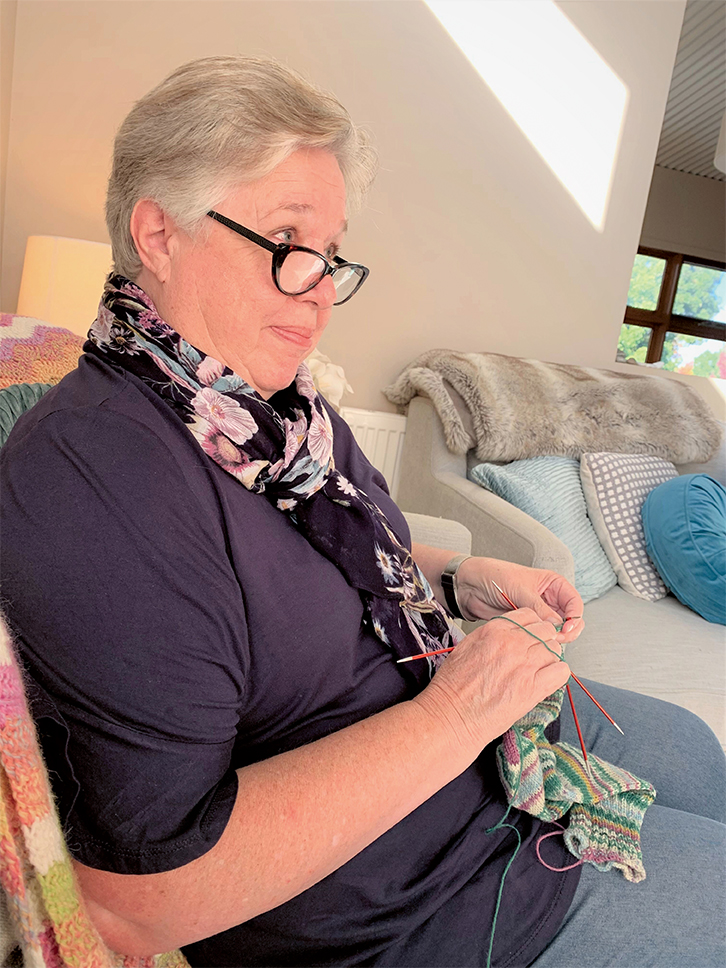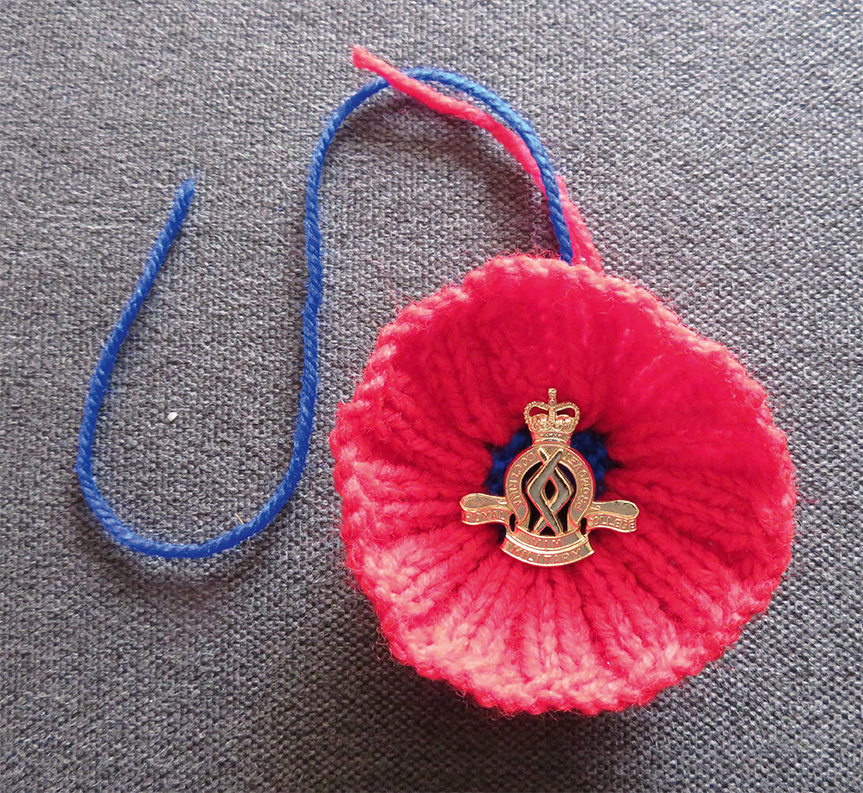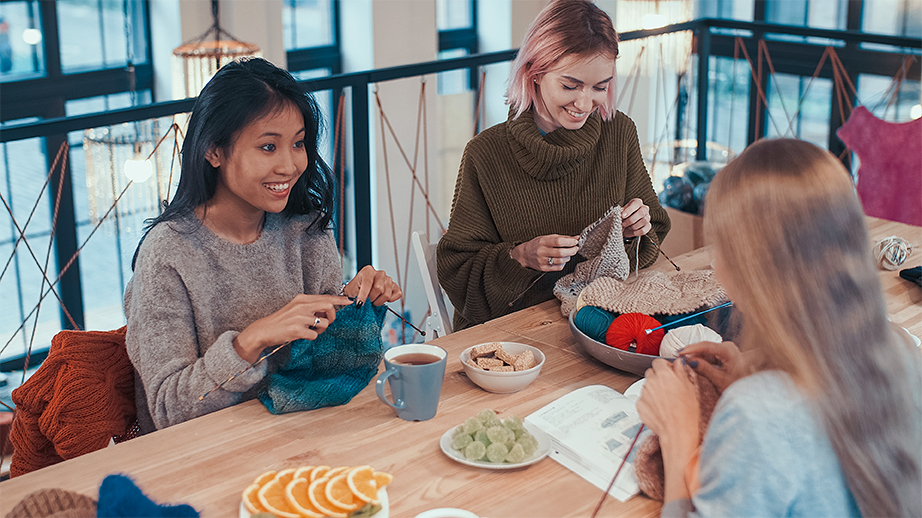Resurgence of handicrafts makes a good yarn
Sewing, knitting and other crafts such as embroidery were a given for most of us over 50, and these activities are now seeing a surge in popularity.
By Judith Maizey

My maternal grandmother was such a skilled seamstress, she made my mother’s debutante dress and a lot of clothing for my sister and I as children.
My paternal grandmother didn’t sew much, but she was a skilled knitter and loved to crochet.
I do none of these things and neither did my mother—in fact, I’ve even been known to staple or super glue a hem or two... or three.
So it comes as a huge surprise to me that there’s an uptick in learning or re-engaging in all forms of handicrafts—whether it be for relaxation, as part of the slow fashion movement, or as a political statement.

Anne Stewart of Yarn Craft Tours.
So big is the interest in these crafts that it’s prompted one small tour operator to pivot her business from just food and wine to food, wine and yarn tours to New Zealand where clients—mostly women—visit home studios and yarn stores, and take part in flax weaving classes, needle felting workshops, and fibrecraft retreats.
Canberra-based Anne Stewart, 65, of Yarn Craft Tours, said the upsurge in crafts such as knitting and crocheting was huge.
“It was happening before the pandemic. The pandemic certainly accelerated it when people were in lockdown and looking for things to do, but it was happening prior to that,” she explains.
When asked which handicraft had grown the most in popularity, Anne says, “If you speak to a quilter, they will say it’s quilting.
If you speak to an embroiderer, they will say embroidery, but it’s handcrafts around the world that have exploded. It’s huge in America, it’s huge in Europe and everybody does it differently, it’s quite extraordinary.”
When the question about the growing interest in handicrafts was put to the 21,400 members of the Australian Knitters United Facebook group, the response was overwhelming with most agreeing there had definitely been an increase in the interest of traditional crafts.
Stephanie Hillman’s Facebook knitting/crochet group in Canberra tripled in size over the first 12-18 months of the COVID-19 pandemic, growing from 800 to 2,500 members.
She says there was a mix of ages, but a lot were first time knitters/crocheters or people who had learned as children but had not picked up a hook or needles for years.
Another member, Polly, says, “I’m 67 and I remember being taught to knit by my mother when I was seven or eight. I knitted until life got too busy when I was in my mid 30s and
then got back into it about seven years ago. Knitting is definitely a social activity and it’s also practical as well as contributing to good mental health.”
Polly has noticed a growing interest over the past 20 years among younger people in the craft as it had become “quite the cool thing to do” and was no longer considered “mundane and domestic”.
“I remember one magical school holidays when I taught my son and his two friends to knit at their request. My brother, who is 83, used to knit too,” she says.
During the online discussion, Sue Green shared how her PhD was, in part, about the way knitters “are using this often undervalued craft to subvert the traditional stereotypes of it as a ‘nanna’ pastime, for example, to make art or use it in political protest”.
“I interviewed many young knitters and their reasons for knitting were varied—not only about making garments. For example, it was popular for its meditative qualities (supported by scientific research) and for some it was a feminist statement,” she says.

Diana, 37, says a number of factors sparked her involvement in knitting including an interest in slow fashion and making her own clothes, and dissatisfaction with the ready-to-wear (RTW) options and their quality.
“And, difficulty in altering RTW knitwear for someone with shorter arms and a higher waist like me. What keeps me knitting is the joy in continuous learning of new skills and techniques, and the community of knitters I’ve connected with online and been able to meet in person.
“I find knitting a good balance between slow and mindless (and therefore relaxing), but mentally stimulating enough to not be boring. The physical pleasure of handling wool also plays a part,” Diana says.
Nineteen-year-old Daisy says she loves all things textile, knitted, crocheted, sewed, and embroidered.
“I’ve been knitting ever since I was really young on and off. I probably started at the During the online discussion, Sue Green shared how her PhD was, in part, about the way knitters “are using this often undervalued craft to subvert the traditional stereotypes of it as a ‘nanna’ pastime, for example, to make art or use it in political protest”.
Anne Stewart of Yarn Craft Toursage of four making really basic items.
I got back into it when I was about 13 or 14 and have been knitting ever since. I also love the mindfulness of knitting as I find it very therapeutic and a good coping strategy when I am feeling anxious or overwhelmed.”
Daisy says her Nan taught her, but now finds her inspiration through Instagram, Facebook and YouTube because there were “some amazingly talented people who post their masterpieces there”.
“I like knitting different clothing items, in particular jumpers, but also hats, scarves, and baby clothes. I really like the idea that no one in the whole world has an item like mine because everything I create is completely unique.”

A regular at two knitting groups, Anne Stewart says she has definitely seen a growing interest in knitting and crocheting among those in the younger generations.
One of the two groups she attended was divided down the middle in ages, with half in the 65 and above age group and the rest in their 20s.
“We sit, talk and crochet. It’s almost how a community used to be,” she says.
Her father, who worked for the Shanghai Textile Bureau in the 1980s, taught her to knit and purl stitches, as well as casting on and off, when she was a child.
“But I did not knit again for decades...I have attended a few workshops at my local yarn shop, but I consider myself mostly self-taught,” she says.
Another member, Linda, says her father also taught her the basics of knitting as her mother did not have the patience.
“I then taught myself from various ‘stitch guides’ I was given as presents, but I always had my mum and gran there who I could ask questions of.”
Linda: My observation is that over the past 30 years or so, there has been a plethora of cheap clothing that was more accessible to the younger folks, who lead such different lives to us older ones. Knitting a garment when I was young was almost a necessity to have something to wear because off-the-rack clothing just wasn’t available or was too expensive, but there has been a reversal so it’s actually more costly to knit a quality garment than buy online or in cheap shops. Knitting has become an artform.
Emily: I’ve been knitting for years now and since joining this group (Australian Knitters United) have been inspired to try many new things, learning so much in the process. I’m about to try and set up a knitting group at the high school where I work to support some students with mindfulness and focus.
Jane: I have been teaching for nearly 40 years and knitting for even longer and have recently noticed a number of students at my school knitting or crocheting in some classes and in music rehearsals. Our high school has also started a knitting group as part of wellness activities once a week.
Carolyn: My dear mum taught us four girls to knit and made many beautiful jumpers for us over the years. She is now 99 in aged care with dementia. Recently, staff have been taking her to the residents’ knitting group where they knit squares for knee rugs. She has joined in even though her eyesight is poor [but] muscle memory still works.
Jennifer: It’s true the pandemic drew in more crafters, but I got into it more during my maternity leave. I found the online community and have really fallen in love with knitting. It's my Zen zone when life is busy and the kids are screaming at me, I'll pick up my needles, knit a few stitches or rounds and breathe that much easier.
Pamela: Mum taught me to knit when I was young. I’m 72 now. I knit every night with fingers crippled with arthritis, but I won’t let that stop me. My mother learnt to knit with string and wooden skewers from the butchers. She was a beautiful knitter. I’m blessed she passed on her talent to me.
Teagan: My great-grandad knitted in the war for his mental health. My nana says my great-grandma would send him yarn in the mail instead of socks or clothes as he preferred to make his own. I am lucky enough to own a few sets of his needles. Nana taught me to crochet when I was probably seven or eight and I taught myself to knit in my 20s. I have taught both of my kids to knit, including my son.




